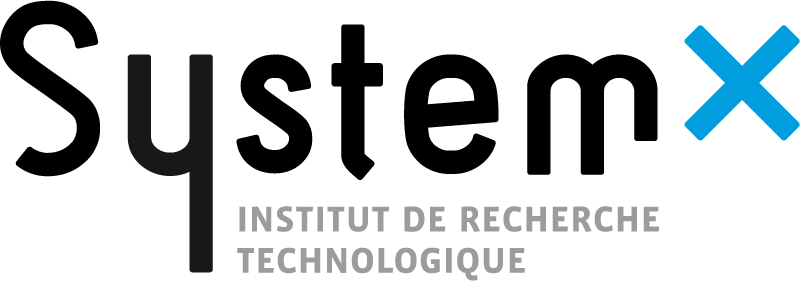# Installation
DebiAI offers several installation methods:
Pip
Install DebiAI with pip
Docker
Install DebiAI with Docker or Docker Compose
Build from source
Build DebiAI docker images from source
Development
Run DebiAI locally
# Debiai-gui python package
# Requirements:
# Virtual environment (optional)
python -m venv debiaivenv
# Activate the virtual python environment created:
# On Unix and macOS:
source debiaivenv/bin/activate
# On Windows PowerShell:
debiaivenv\Scripts\Activate
# On Windows terminal:
debiaivenv\Scripts\activate
# Installation
Install the debiai-gui python package with pip:
pip install debiai-gui
# Start the application
The following command will launch the debiai web application:
debiai-gui start
DebiAI needs a place to store the data, on startup it will ask you to provide a path to a folder where it can create a folder.
Debiai will then be available on http://localhost:3000/ (opens new window)
# Parameters
# Specify the the configuration folder path:
debiai-gui start --data-folder debiai-data
# Start DebiAI on a different port:
debiai-gui start --port 4000
# Prevent the web browser from opening automatically:
debiai-gui start --no-browser
# Display help:
debiai-gui --help
debiai-gui start --help
# Official Docker image
# Docker run
Requirements :
Using our public docker image is the recommended way to deploy DebiAI on your project server or locally.
docker run -p 3000:3000 debiai/app
Debiai will be available on http://localhost:3000/ (opens new window)
The next step is to provide data to DebiAI: Inserting data into DebiAI
Options :
You can add the -d flag to run the container in the background.
If you want DebiAI to run on a different port, set the -p flag to -p <MyPort>:3000.
Using a volume to store the data is also possible. If you want to set a volume to DebiAI, set the -v flag to -v <MyVolume>:/debiai_data/, <MyVolume> being the absolute path of the empty folder to store your data in.
For example:
mkdir /tmp/debiai
docker run -p 3000:3000 -v /tmp/debiai:/debiai_data/ debiai/app
You can also provide additional environment variables to tell DebiAI if you have some data-providers (see Data providers for more information).
# Docker-compose
Here is a Docker-compose file that will help you deploy DebiAI without having to remember the docker run command.
Requirements :
The DebiAI Docker-compose file :
version: "3.8"
services:
debiai:
image: "debiai/app"
ports:
- "3000:3000"
volumes:
- ./debiai_data:/debiai_data/
How to start DebiAI with Docker-compose :
mkdir debiai
cd debiai
# Create and copy/paste the docker-compose file
nano docker-compose.yml
# Start DebiAI
docker-compose up
Debiai will be available on http://localhost:3000/ (opens new window)
# Start DebiAI in background
docker-compose up -d
# Stop DebiAI
docker-compose down
You can also provide additional environment variables to tell DebiAI if you have some data-providers (see Data providers for more information).
# Build image from source
We also provide way to build the image instead of pulling it. This is useful if you want to deploy DebiAI with local changes.
# Docker build
Requirements :
Build the docker image :
git clone https://github.com/debiai/debiai.git
cd debiai
docker build -t debiai .
Run the docker image :
docker run -d -p 3000:3000 --restart=always debiai
DebiAI will be available by default at this url : http://localhost:3000/ (opens new window)
Stop the docker image :
docker stop debiai
Update the docker image :
git pull
docker stop debiai
docker container rm debiai
# Then build and run the docker image
# Docker-compose-build
Using our Docker-compose-build (opens new window) file.
Requirements :
Using the docker-compose-build.yml file will build and run the DebiAI docker image for you.
git clone https://github.com/debiai/debiai.git
cd debiai
docker-compose -f docker-compose-build.yml up -d
DebiAI will be available by default at this url : http://localhost:3000/ (opens new window)
A volume will be created with the debiai_data folder.
You can now provide your project data to DebiAI : Inserting data into DebiAI
To stop the DebiAI server, you can run the following command:
docker-compose -f docker-compose-build.yml down
To upgrade DebiAI :
git pull
docker-compose -f docker-compose-build.yml up -d
Editing the docker-compose-build.yml file :
version: "3.8"
services:
debiai:
build: .
image: debiai
ports:
- 3000:3000
volumes:
- ./DEBIAI_data:/debiai_data/
If you want to change the volume folder path, create a folder where you want and replace "./debiai_data" by the path of your folder. Make sure there is nothing not related to DebiAI in the folder because it might be removed.
The next step is to provide data to DebiAI: Inserting data into DebiAI


